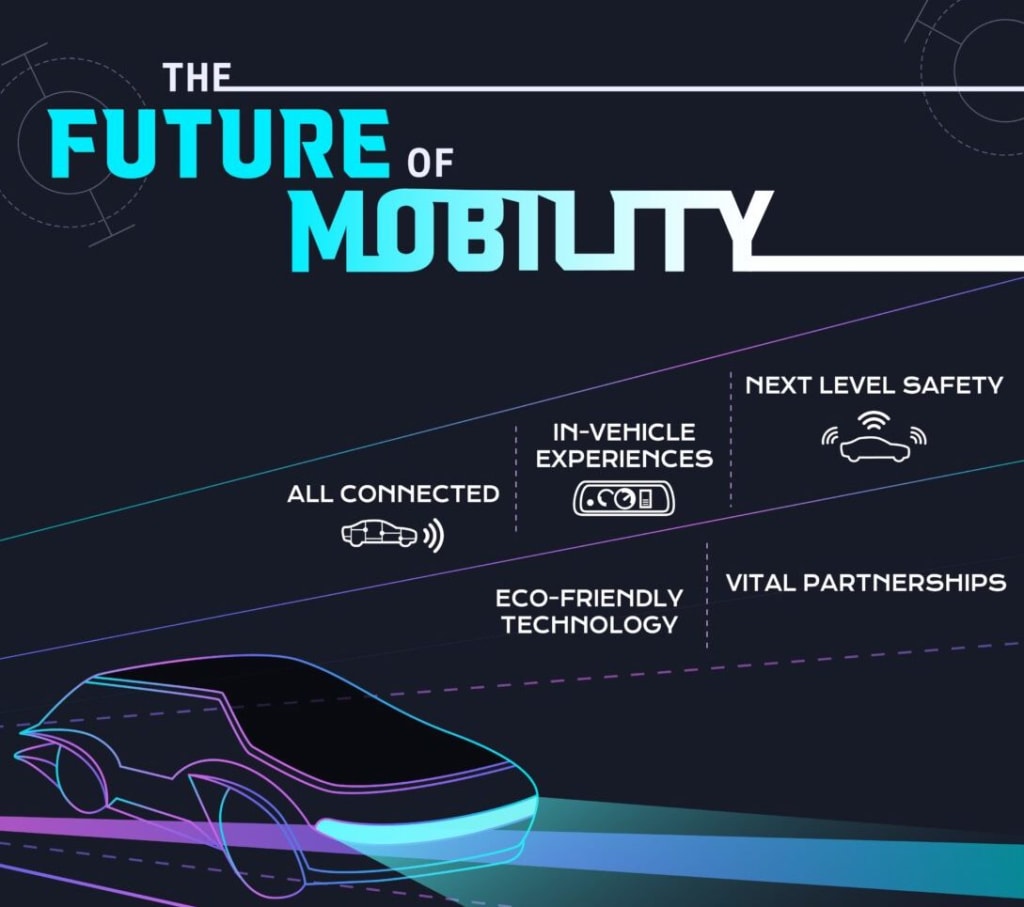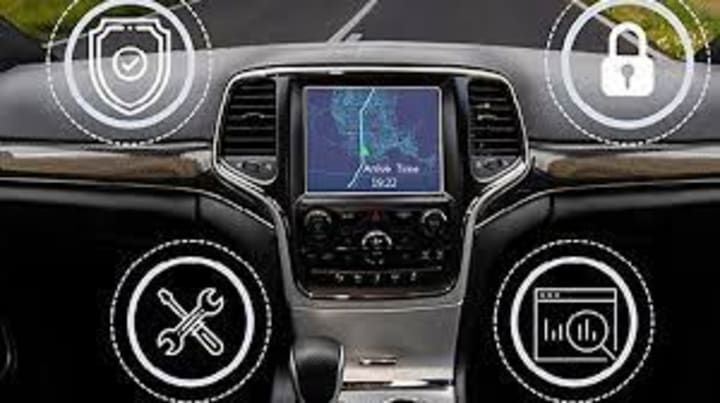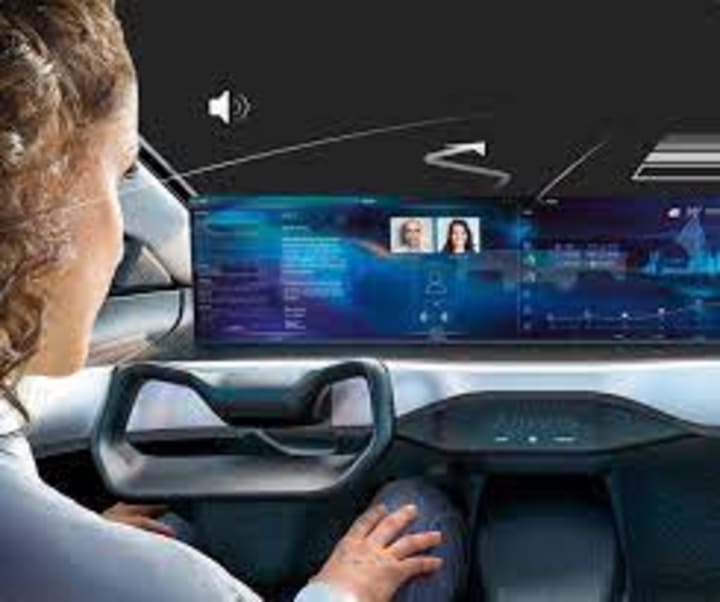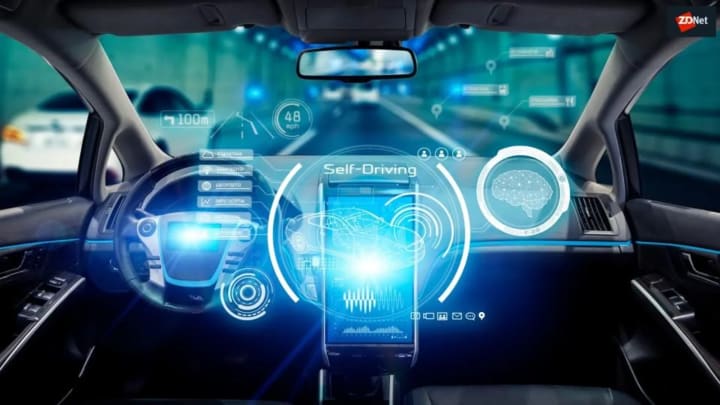
Connected vehicles and the data challenge
Intel estimates that autonomous cars, with hundreds of on-vehicle sensors, will generate 40TB of data for eight hours of driving.
Think about it.
That’s 3,000 times more data than the average person would generate in the same period of time. Sending, receiving, and analyzing these data streams will require vast bandwidth.
Then there’s latency.
Connected cars have to make decisions in real-time, such as bringing the car to a stop when it detects a pedestrian in its path. Lives could be at stake if there’s any lag in the system, so connections must be continuous and reliable.
Finally, capacity.
The network will need to support millions of connected ‘things’ in constant conversation. It has to do so without crashing or slowing down significantly.
However, most insiders believe 5G is best able to deliver the long-term promise of smart transportation and its ability to play a valuable role in creating green infrastructure. It certainly has the technical capabilities:
Speed – peak data rate can hit 20Gbps downlink and 10Gbps uplink per mobile base station, while real-world speeds are closer to 100Mbps (download) and 50Mbps (upload).
Latency – four milliseconds in typical conditions and one millisecond for use cases that demand the utmost speed.
Capacity – 5G should be able to support one million connected devices per square kilometer.
Of course, a 5G network comprises much more than just the transmission of the data.
There’s the question of how to connect millions of devices physically. Clearly, the standard removable phone SIM is not fit for purpose.
Today, the industry is experimenting with rugged eSIMs that can be soldered in place during the manufacturing process and then configured remotely once in position without touching the vehicle.
A car’s eSIM also makes it simple for a connectivity subscription to pass from owner to owner when a car is sold, limiting disruption for the new owner and keeping the car connected throughout its lifecycle.
Identity is a similar challenge.
Every device in the network needs to be discrete and identifiable. This is why companies are now offering systems that help city planners and car manufacturers track and manage their devices from a central location.
While speedy 5G networks will pave the way for smart transportation, other technical advances are needed.
Edge computing and connected cars
One way to mitigate the pressure on central data centers is to process some of the information locally – in the car itself.

This is edge computing.
Let's explain.
An edge gateway in the vehicle can analyze the data and then send only the relevant information to the cloud. This tech is considered essential to the future of connected driving.
Ultimately, once cars are connected to fast networks, there are sure to be many unexpected effects – just as ‘always on’ smartphones enabled novel marriages of telephony and computing.
Older readers might remember a time when computers were unconnected. Every task was local.

Then came the internet.
At first, going online merely enhanced local tasks – sending a file, finding information, sourcing assets. But in time, the internet itself became the dominant force. For many users, today’s computer is a mere node in a giant collaborative network.
The car is on the same journey.
Today’s vehicles are connected, and we’re in a world of smart transportation. They have GPS, in-car entertainment, and telematics.
But the next wave of connectivity will see the car in constant ‘conversation’ with other vehicles, also known as vehicle-to-vehicle (V2V) communication.

Creating a green infrastructure on the road
As the software-defined, ultra-connected vehicle becomes a reality, the network will make many of the decisions.
From over-the-air updates to enhance the overall driving experience, the amount of data consumed will increase exponentially.
It will apply machine learning to the constant flow of data to make changes that improve the smart city’s green infrastructure, ease traffic, allocate parking spaces, schedule maintenance works, and so on.
About the Creator
John
My aim is to create engaging and informative content that connects with my audience and inspires them in some way. And my goal is to leave a lasting impression.






Comments
There are no comments for this story
Be the first to respond and start the conversation.